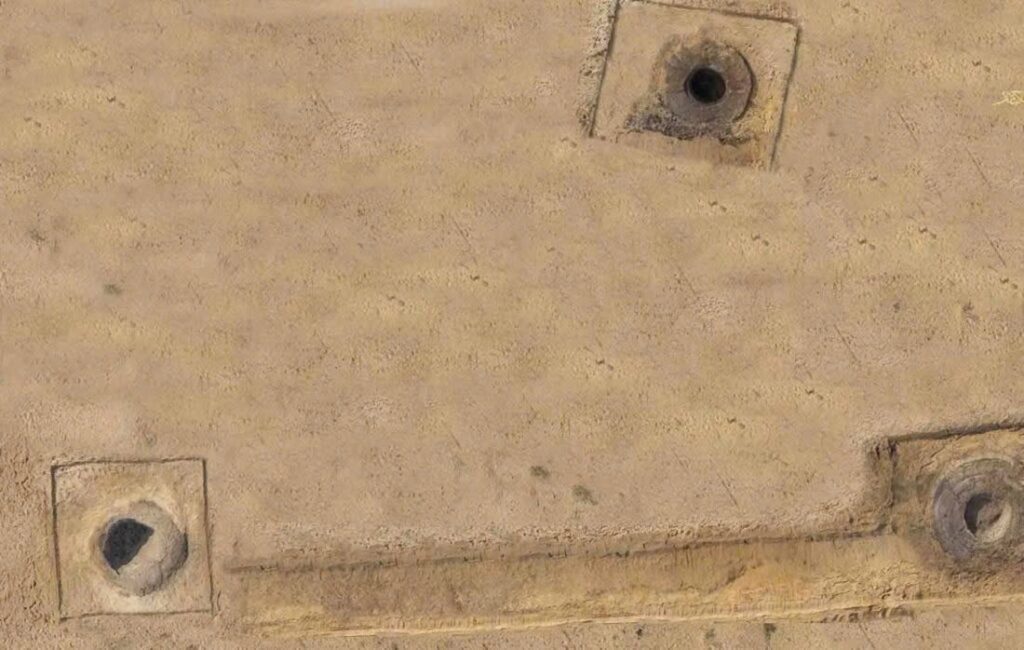Unearthing History in Tell El Kedwa

A team of Egyptian archaeologists has made a significant discovery in North Sinai, uncovering five ancient water wells believed to date back to the 13th century BC. This excavation is part of the Sinai Development Project 2021-2022, led by Ramadan Helmy, the Director of North Sinai Antiquities.
Insights into Ancient Military Infrastructure

The wells were found outside the walls of the Tell El Kedwa fortress, a critical military stronghold used to protect Egypt’s eastern frontier and secure access to its northern regions. The Egyptian Ministry of Tourism and Antiquities announced the find on Twitter, sharing images of various ancient artifacts discovered at the site.

According to the ministry, these wells were constructed before the reign of Seti I (1292-1190 BC) and are believed to have been part of the expansive Horus Military Road, an ancient route utilized by pharaohs.
Mustafa Waziri, Secretary-General of the Supreme Council of Antiquities, confirmed that this marks the first discovery of water wells in the region. Historical inscriptions from the era of King Seti I mention similar wells, highlighting their historical significance.
Findings and Their Importance
Four of the discovered wells were reportedly filled with sand to prevent the Persian army, which invaded Egypt in 525 BC, from accessing water. Inside the wells, the team found 13 pottery rings and several clay pots dating back to the 26th Dynasty (664–525 BC), also known as the Saite period.

In a related excavation at the nearby Tell El Kedwa fortress, another archaeological team uncovered a large storage center from the Saite period. Additionally, the mission discovered remains of kilns from the El-Sawy era, likely used for smelting copper ore, along with circular-shaped copper alloy parts and pottery bellows used in the smelting process.
The Horus Military Route, which was vital during the Old, Middle, and New Kingdoms of ancient Egypt, is depicted in inscriptions found at other notable archaeological sites, including Luxor’s Karnak Temple. This recent discovery adds to our understanding of the region’s historical significance and its role in ancient military logistics.
